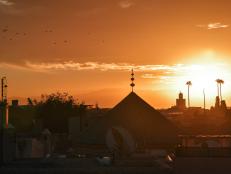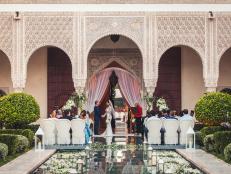Marrakech’s Vibrant Flair
Related To:

Photo By: Lola Akinmade Åkerström
Photo By: Lola Akinmade Åkerström
Photo By: Lola Akinmade Åkerström
Photo By: Lola Akinmade Åkerström
Photo By: Lola Akinmade Åkerström
Photo By: Lola Akinmade Åkerström
Photo By: Lola Akinmade Åkerström
Photo By: Lola Akinmade Åkerström
Photo By: Lola Akinmade Åkerström
Photo By: Lola Akinmade Åkerström
Photo By: Lola Akinmade Åkerström
Photo By: Lola Akinmade Åkerström
Photo By: Lola Akinmade Åkerström


